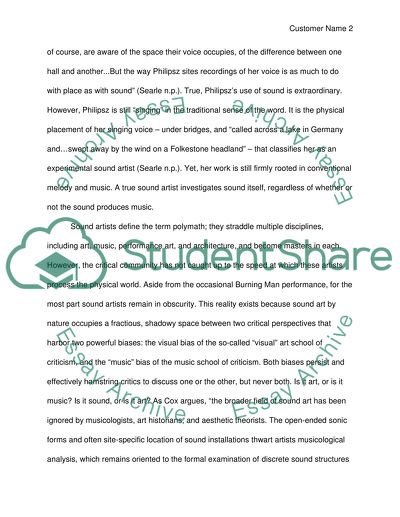Cite this document
(“Relationship between Sound and Space in I am Seating in a Room by Essay”, n.d.)
Retrieved from https://studentshare.org/music/1437420-discuss-the-relationship-between-sound-and-space
Retrieved from https://studentshare.org/music/1437420-discuss-the-relationship-between-sound-and-space
(Relationship Between Sound and Space in I Am Seating in a Room by Essay)
https://studentshare.org/music/1437420-discuss-the-relationship-between-sound-and-space.
https://studentshare.org/music/1437420-discuss-the-relationship-between-sound-and-space.
“Relationship Between Sound and Space in I Am Seating in a Room by Essay”, n.d. https://studentshare.org/music/1437420-discuss-the-relationship-between-sound-and-space.


